With technological advancements and a data-rich advertising landscape, demand side platform advertising offers a powerful solution for targeting specific audiences and creating more effective long-term ad campaigns.
As per a report by Business Reacher Insights, the market size value for demand-side platforms is expected to reach $206,019.55 million by 2032[1] from just $ 16,001 million in 2021.
DSPs primarily focus on real-time, cross-channel buying of digital ad impressions across multiple channels such as webpages, display, mobile, video, social media, and CTV advertising. In this blog, we will walk you through the various aspects of demand-side platforms, including what they are, their benefits, types, and more.
What is a Demand Side Platform (DSP)?
A DSP is a powerful centralized programmatic advertising technology (AdTech) platform that uses AI, Machine Learning, and data analytics to automate online ad inventory purchases.
DSPs enable insightful, optimized, and goal-oriented ad space buying by streamlining real-time bidding, handling multiple ad exchanges, and integrating various data sets (from first-party to third-party) within a single interface.
In the modern era of programmatic advertising, DSPs empower advertisers to buy ad spots strategically. They make real-time decisions based on the defined campaign objectives, delivering faster, more efficient, and cost-effective results.
How Does a Demand Side Platform (DSP) Work?
DSP programmatic advertising has a systematic workflow that allows ad agencies to control the flow of ads more closely and choose a wider and more relevant audience division. Here, let’s focus on how DSPs work to simplify and optimize the digital ad-buying cycle.
- Audience Targeting: Advertisers use demand side platform tools to define their target audience based on a multitude of parameters, including demographics, consumer browsing behavior, etc., to build the preferable audience segment.
- Campaign Setup: Next, advertisers create ad campaigns on the DSP, specifying defined objectives, budgets, types of ad formats, bid strategies, ad placement preferences, and frequency capping, in addition to other parameters to avoid resource wastage.
- Ad Exchange Integration: DSPs integrate with multiple ad exchanges and supply-side platforms (SSPs) to access a wide pool of ad inventory.
- Real-Time Bidding (RTB): DSPs engage in RTB auctions to win ad impressions. Bids are automatically placed based on targeting criteria and to meet specific budget constraints.
- Ad Serving: When DSPs win an auction, the ad exchange delivers the ad creative from the ad server to display it on the user’s screen.
Importance of a Demand-Side Platform
DSP advertising platforms are revolutionizing the advertising industry by offering automation, efficiency, and powerful data-driven capabilities. Let’s explore in depth why advertisers should embrace demand side platforms (DSPs):
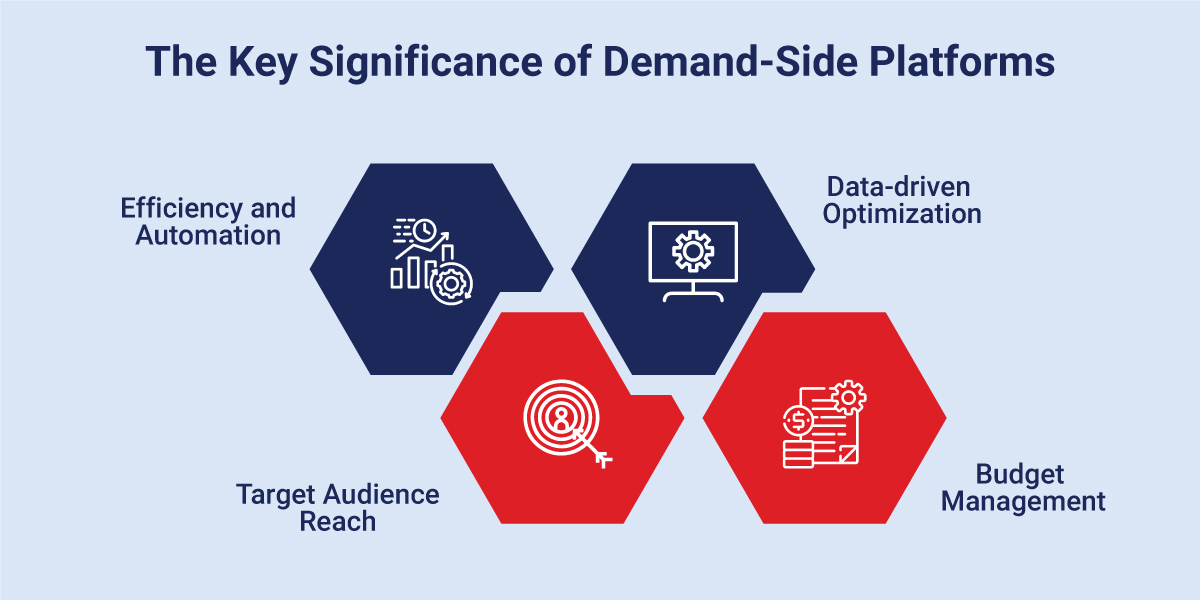
Efficiency and Automation
Demand-side platforms leverage RTB technology to streamline ad buying. A DSP automatically analyzes a potential opportunity when an ad impression becomes available and bids on behalf of advertisers based on pre-defined bidding parameters in DSP such as budget, target audience, demographics, etc. The ad will be displayed on the respective channel if it bids the highest and wins. Additionally, DSPs can schedule campaigns to launch and end them automatically. This automated process minimizes human interaction, thus reducing the chances of errors and speeding up the ad campaign workflow.
Data-driven Optimization
In the DSP ecosystem, data science and data warehouses work together to enable real-time campaign optimization. Data warehouses store clean and structured data gathered from ongoing programmatic advertising campaigns. Data science techniques then unlock advanced analytics, transforming this stored data into meaningful, actionable insights.
In this data-rich ad era, you, as an advertiser, can seamlessly track ad campaign performance based on various metrics such as click-through rate, cost-per-acquisition, and impressions to optimize it in real-time effectively. Real-time data monitoring reveals trends, highlights potential issues with ad campaigns, and enables you to refine and measure targeting strategies for maximum effectiveness.
Target Audience Reach
Demand side platforms (DSPs) combine data and technology to transform the ad campaign approach. The whole concept of programmatic advertising thrives on data-driven targeting, and DSPs offer capabilities for targeting audiences far beyond basic demographics like location, age, and gender.
You can create highly targeted audience segments based on consumer interest, browsing habits, contextual data, and more. These advanced targeting capabilities allow you to reach your desired audience and continuously optimize your audience segments in real-time based on the audience’s response to your respective ads.
Budget Management
The demand-side platform prioritizes targeting the right audience via the right channel at the right time. Through a data-rich advertising approach, DSP allows you to laser-focus your campaigns on specific audience segments, maximizing the impact of your ad spend. Studies indicate that advertising automation can save businesses $130,000[2] annually in costs.
Types of Demand Side Platforms
With the aim of catering to the varying needs of the advertisers in the programmatic advertising landscape, DSPs have been divided into several categories. So, let’s explore these different types of demand-side platforms:
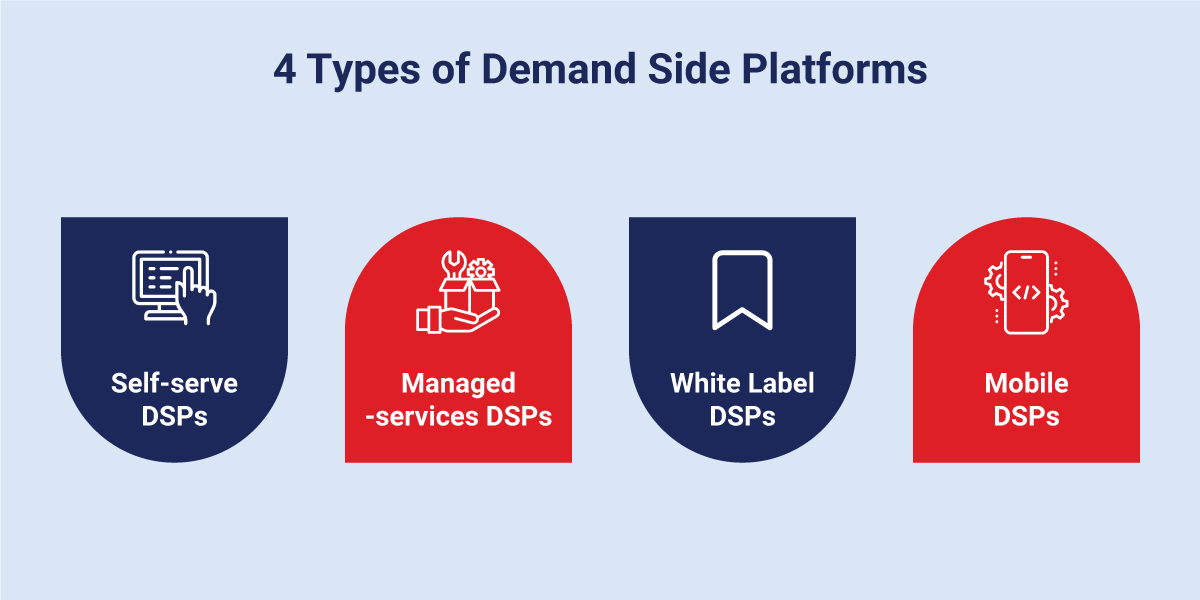
Self-serve DSPs
This type of demand-side platforms give authority to advertisers to manage their programmatic advertising independently. It is a central hub for controlling and managing ads, targeting audience segments, and analyzing campaign performance through user-friendly UI. Advertising agencies with in-house programmatic expertise mostly prefer self-serve DSP advertising platforms for the efficiency, flexibility and control they provide. It is ideal for advertisers who want direct control over their ad campaigns.
Managed-services DSPs
It includes a comprehensive suite of demand-side platform programmatic advertising services. The DSP provider handles the entire process of executing ad campaigns, from bidding and buying ad inventory to running and optimizing ads on behalf of advertisers. This type is also known by the term “hands-on approach,” allowing you to focus more on critical tasks while leveraging the experience and expertise of the DSP vendor.
White Label DSPs
It allows advertisers to design and develop customized programmatic algorithms for ad placement or utilize existing programmatic DSP tools by customizing them based on the company’s logo, interface, and functionalities to match brand identity.
Mobile DSPs
These enable advertisers to buy ad inventory specifically on mobile apps and websites. They automate the process using RTB to target the right audience and mobile ad formats to secure the best ad placement and increase customer engagement.
What are the Key Components of a DSP?
Demand-side platforms have emerged as comprehensive tools to simplify the complexities of reaching specific audiences and maximizing higher returns on ad spending (ROAS). So, let’s explore what are the key components of a DSP:
Ad Server: This technology-based engine is the central hub for advertisers and publishers. It allows them to optimize, manage, and distribute ads across multiple channels. The ad server provides tools for advertisers to upload creative assets, set campaign parameters, and monitor campaign performance, which the DSP then uses to optimize ad campaigns.
Bidder Engine: It is the heart of programmatic advertising automation and essential to DSP functionality. The entire process of the bidding engine centers around gathering data on ad placements, leveraging machine learning to analyze past campaign data, generate predictions, and facilitate real-time bidding on ad exchanges.
Campaign Management: This element of demand side platform advertising provides the ability to advertisers to plan, perform, and track the ad campaign performance. They can collect data including ad impressions, click-through rate, ad viewability, conversion rate, etc.
Data Management System: DSP has capabilities to seamlessly integrate with a data management system to leverage data and convert it into meaningful insights for real-time decision-making. This feature is specially designed to help advertisers enhance ad performance through relevant datasets.
User Profiling: DSPs track user interactions with ads, building profiles based on individual preferences and behaviors. These profiles help optimize targeted advertising and campaigns, ensuring that the ads reach the right audiences.
Essential Differences Between DSPs and SSPs?
Demand-side platforms and supply-side platforms form the backbone of the programmatic advertising industry. These automation tools work together to streamline digital advertising by complementing each other. Still, they serve distinct purposes within the programmatic advertising ecosystem. Let’s understand the key difference between them:
- DSPs and SSPs function on two different endpoints in the same process. A DSP is the backbone of buying ad space impression-by-impression on behalf of advertisers, whereas an SSP is a selling platform largely utilized by publishers to manage ad inventory and sell ad impressions.
- DSPs focus on driving ad campaigns across various channels, tracking and monitoring it, optimizing performance, and reaching out to the more specific audience segment. On other hand, SSPs act as a marketplace and mainly focus on generating revenue by catering ad space to the highest bidding DSP.
- Advertisers leverage DSPs to automate multiple ad exchanges and bid real-time bidding for ad impressions. While SSPs use advanced algorithms to facilitate auctions, support various ad formats, and automate the process of selling ad space, and more.
- Demand side platform examples include Amazon DSP, Yahoo! AdTech. Supply side platform examples include Google ad Manager, and OpenX.
Why Choose Rishabh Software to Build Your Custom Demand Side Platform?
As a top-tier AdTech software development service provider, we are ready to help you enhance and grow your business with modern ad management solutions. We bring expertise in advanced data analytics services, artificial intelligence, and machine learning development services to build effective ad software solutions customized to meet specific business needs and opportunities.
With our hands-on proficiency in planning, designing, and building custom demand-side platforms and high-performing AdTech solutions, we implement the right tools and mechanisms to enable a data-driven advertising approach, automation, and efficiency in ad exchanges, thereby unlocking new ways of cost-saving for advertisers.
Frequently Asked Questions
Q: How do DSPs help advertisers buy Ad space more efficiently?
A: Demand-side platforms (DSPs) are built with the power of cutting-edge technologies, designed to automate the end-to-end process of buying ad inventory. By eliminating manual and repetitive tasks, DSPs help advertisers reduce direct interaction in the whole process. It enables them to set up ad campaigns, manage performance, and bid in real-time.
Q: How do Demand Side Platforms make money?
Demand-side platforms (DSPs) make money through various revenue models including percentage of media spend, fixed fees, transaction fees, data licensing, value-added services, partnerships, and premium features.
Q: What are examples of the most popular Demand-Side Platforms in 2024?
A: Here is the list of most popular demand side platforms in 2024:
- Google Display & Video 360 (DV360)
- Amazon DSP
- The Trade Desk
- MediaMath
Footnotes:

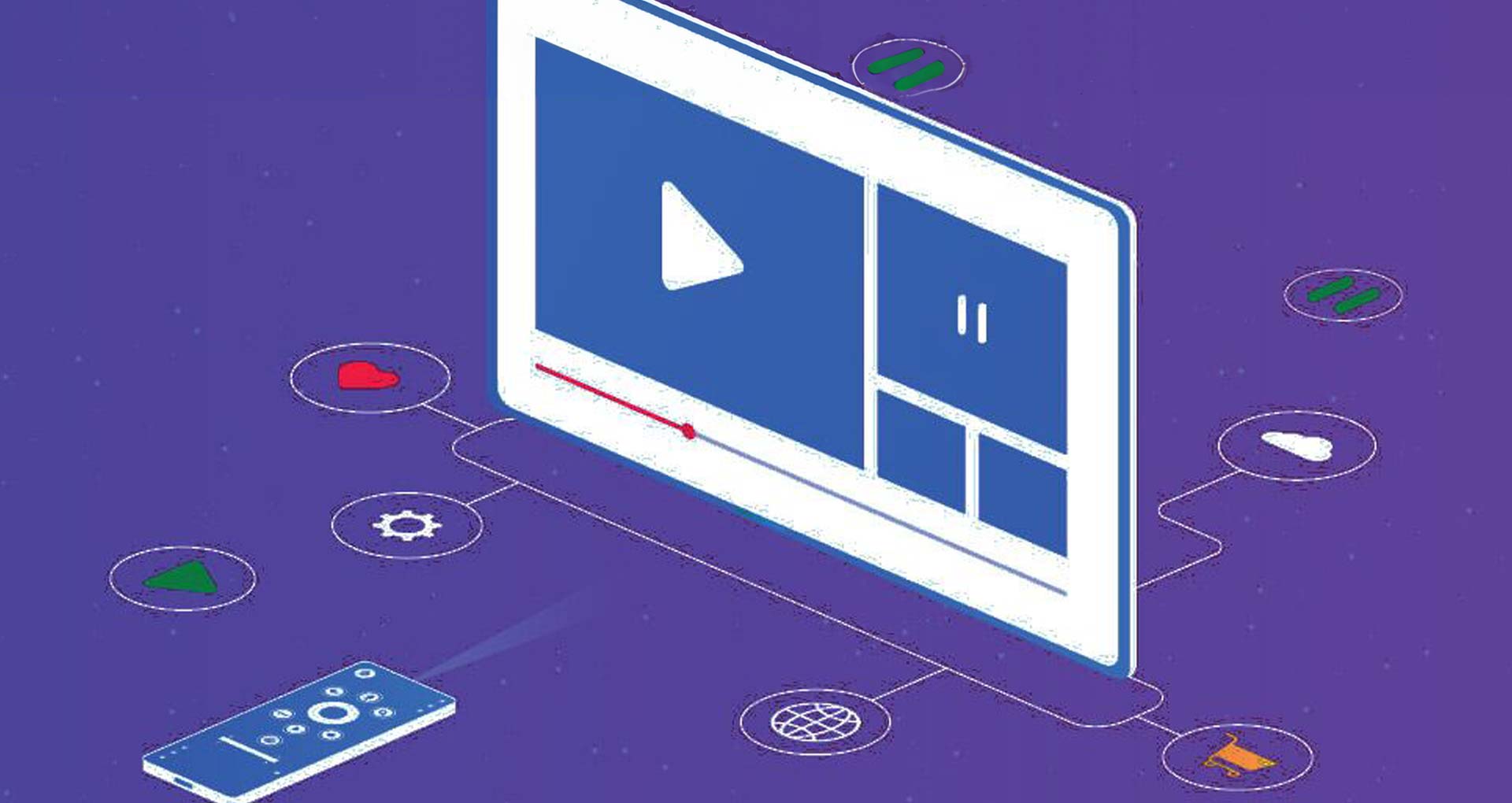

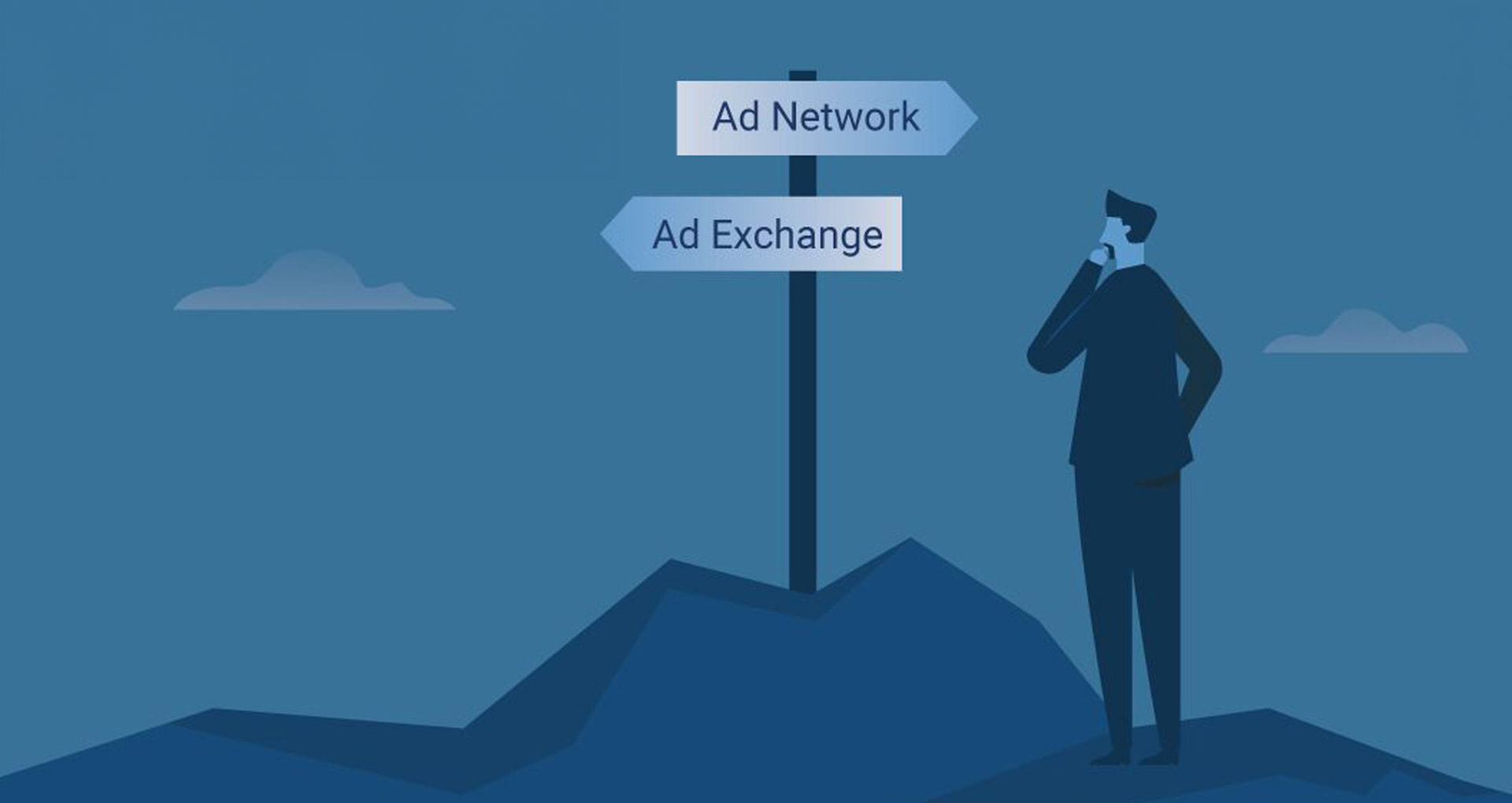
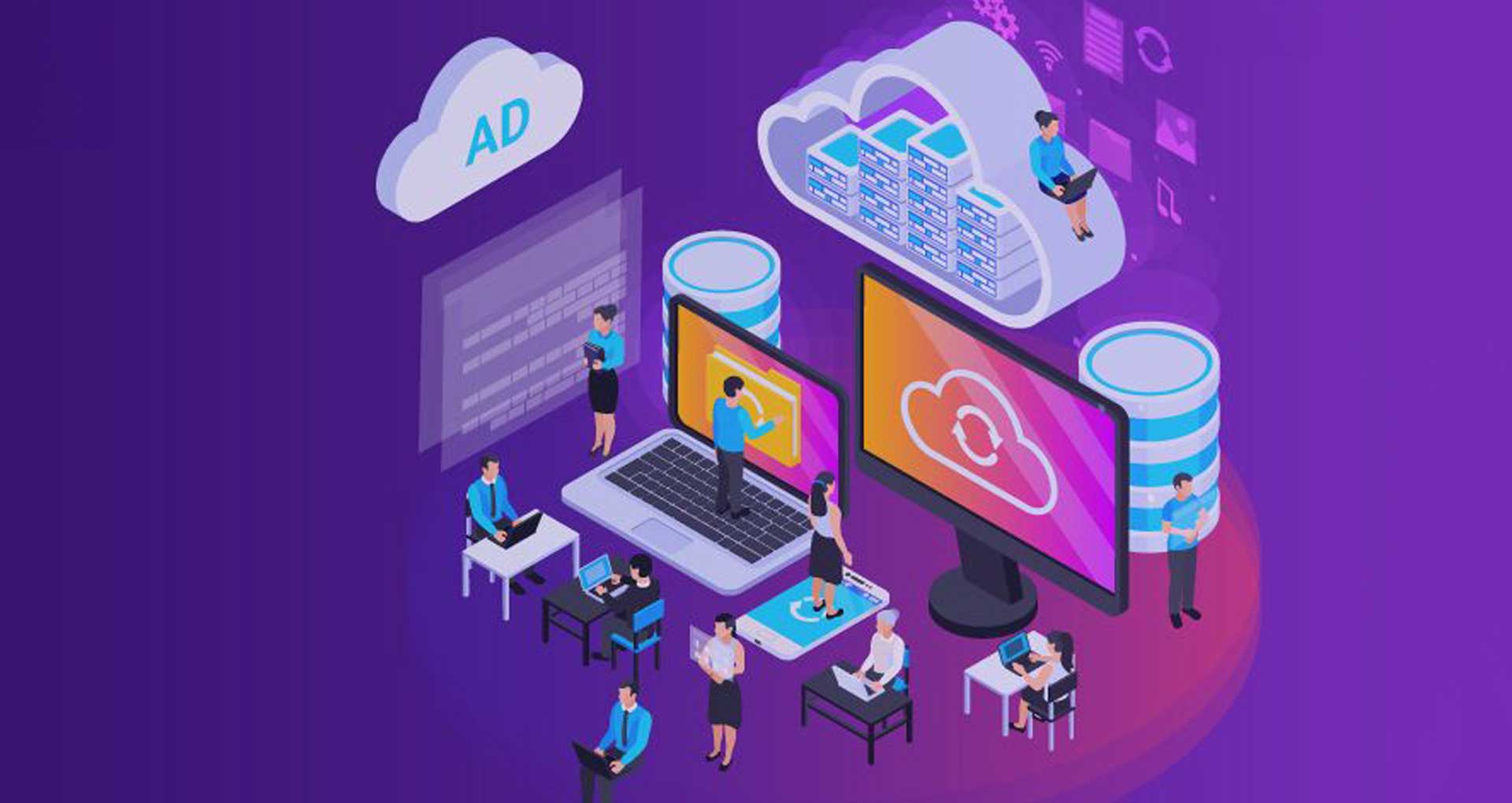
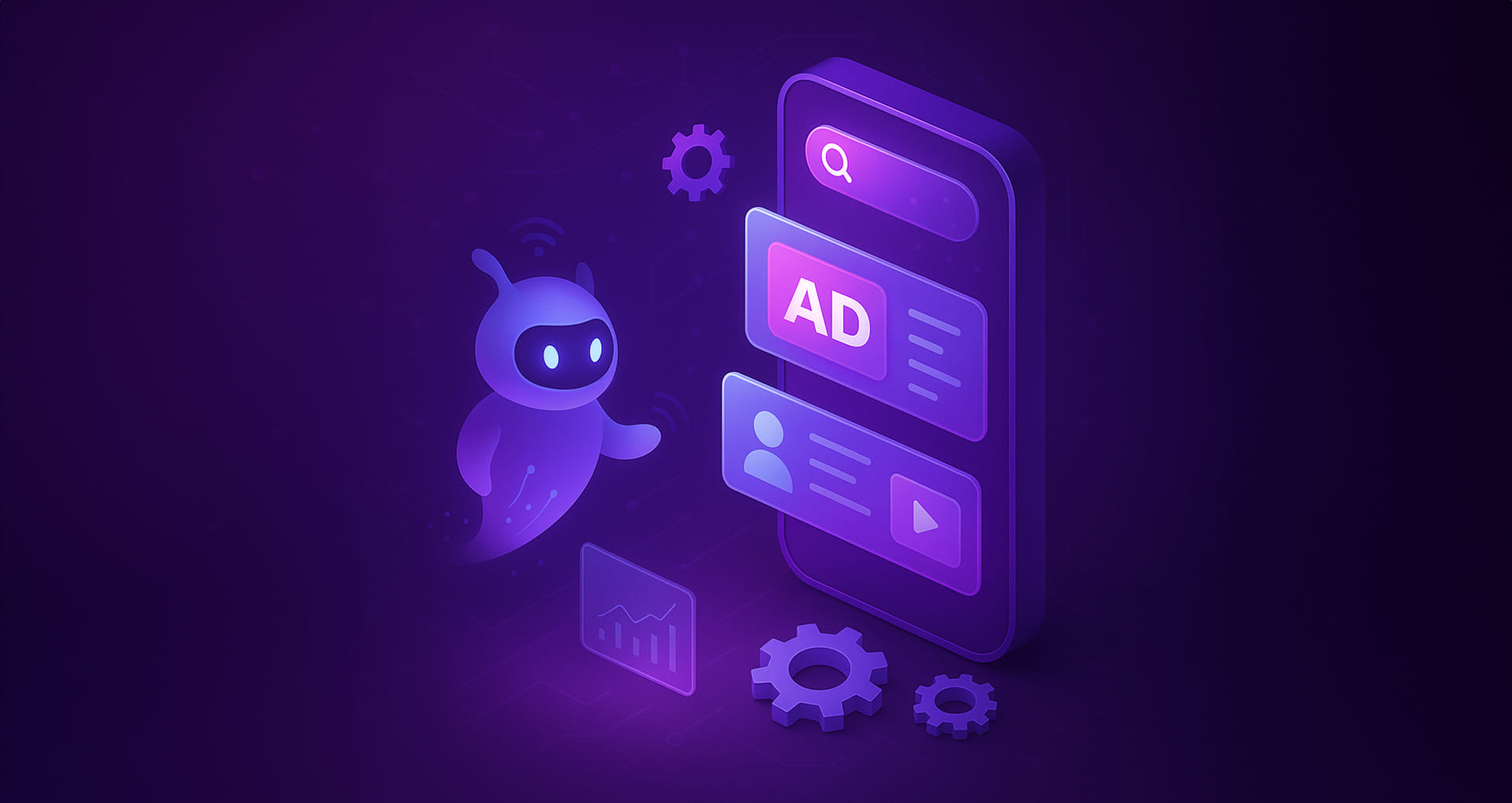





 30 Min
30 Min


